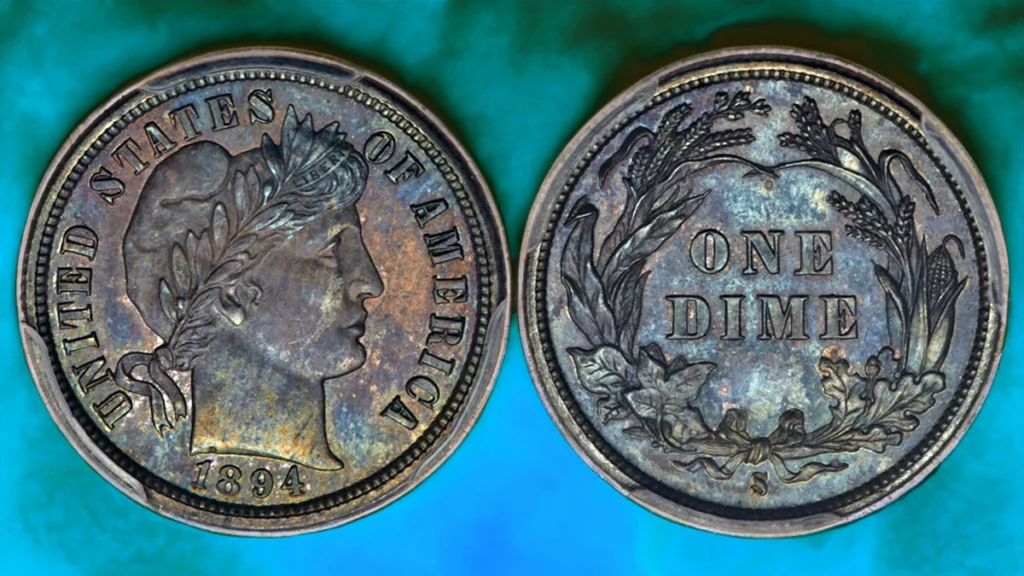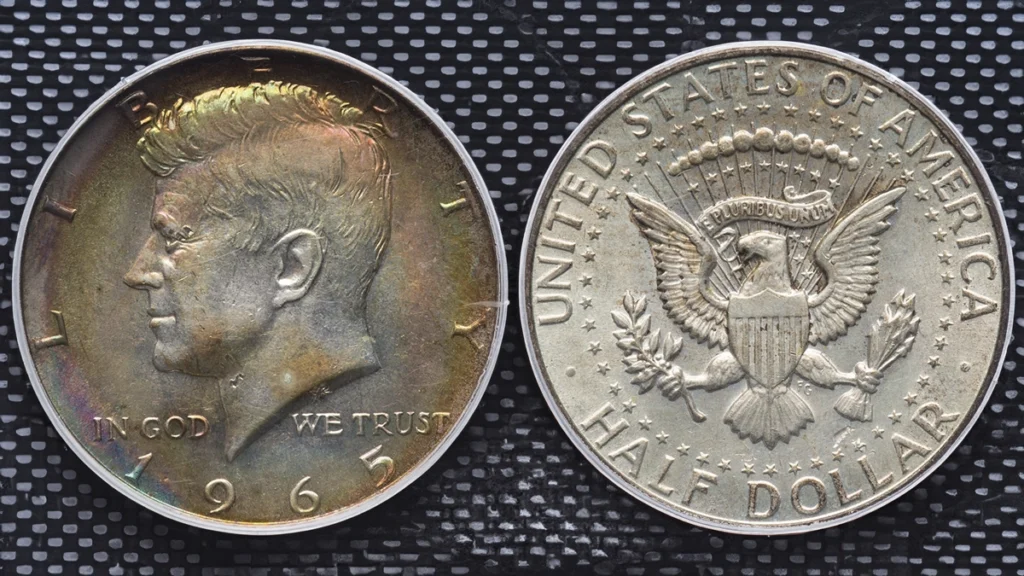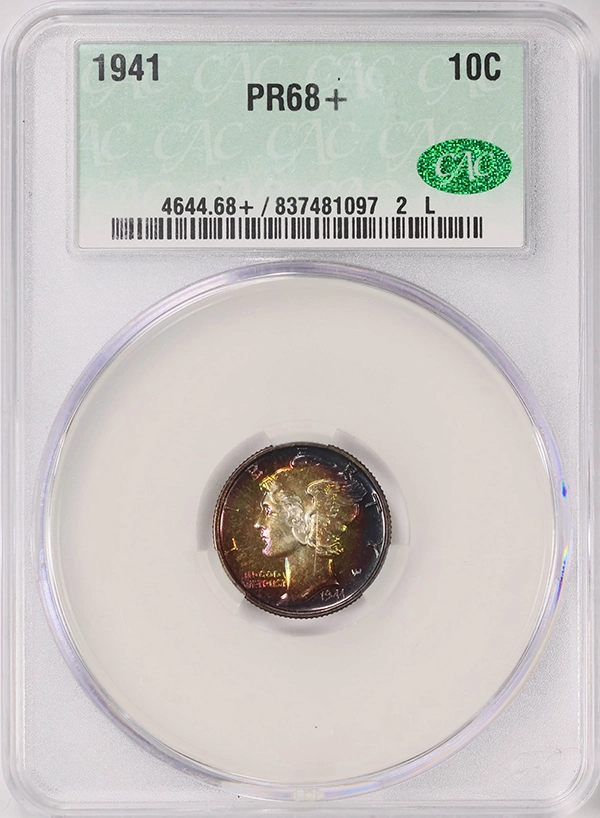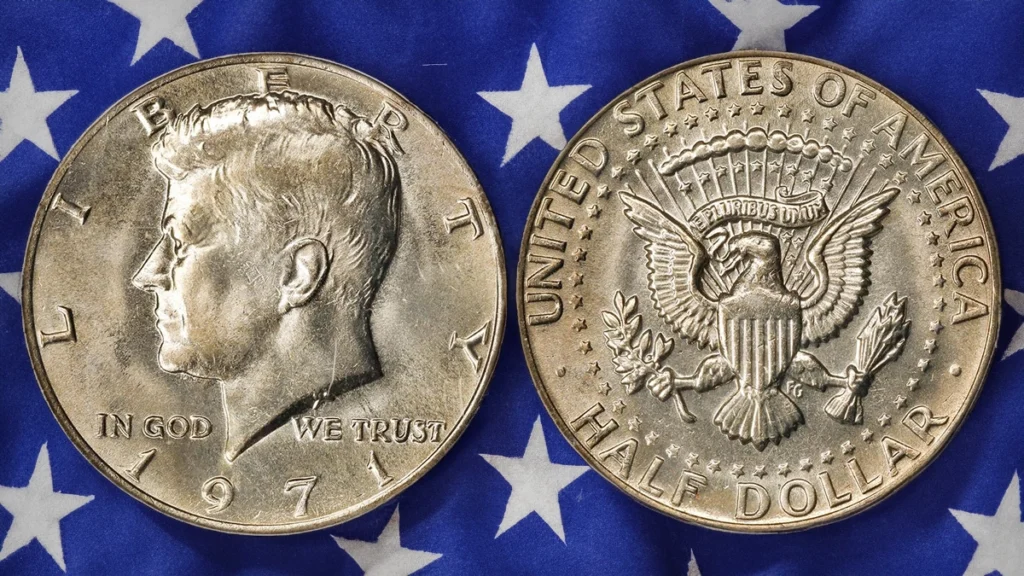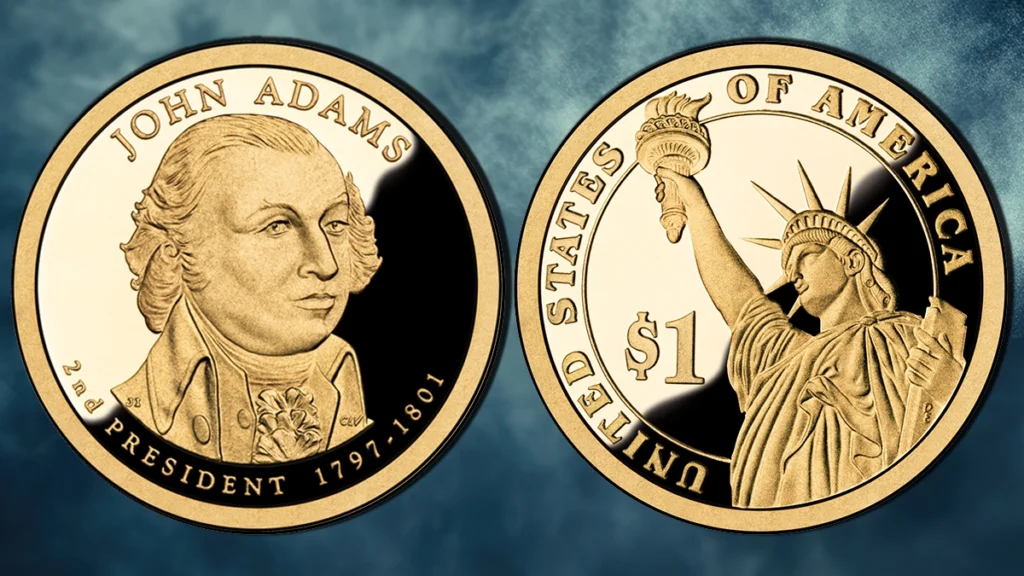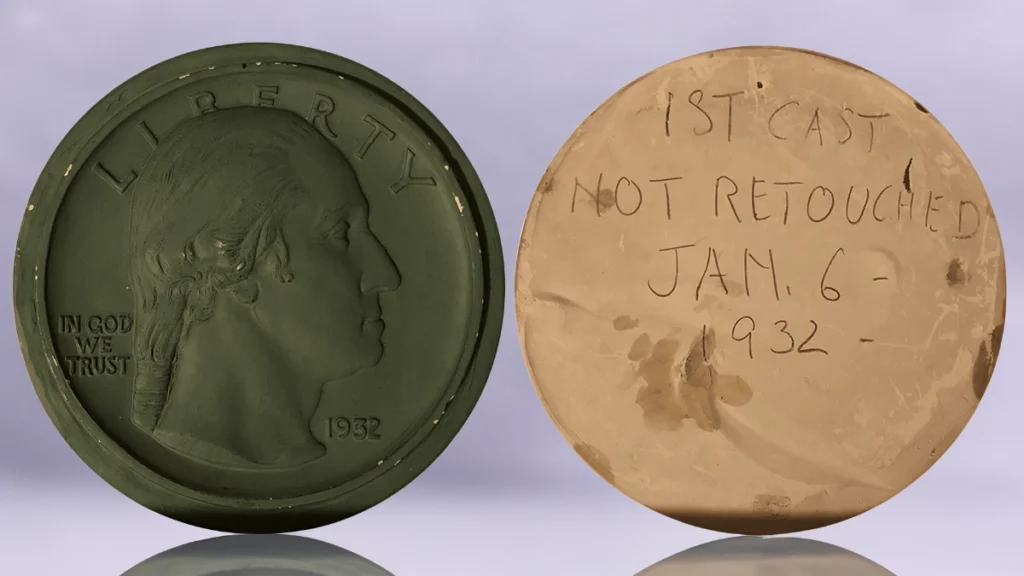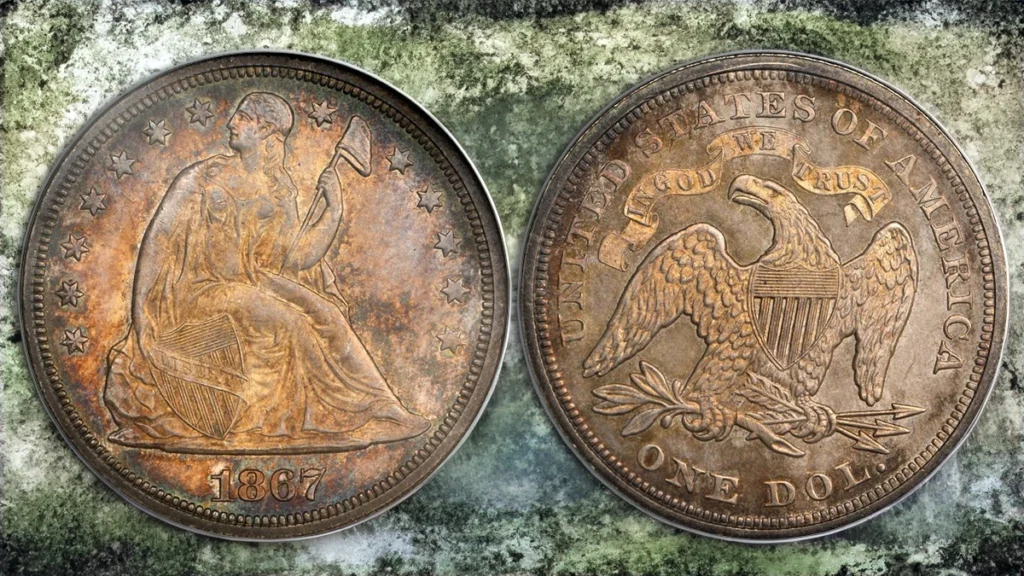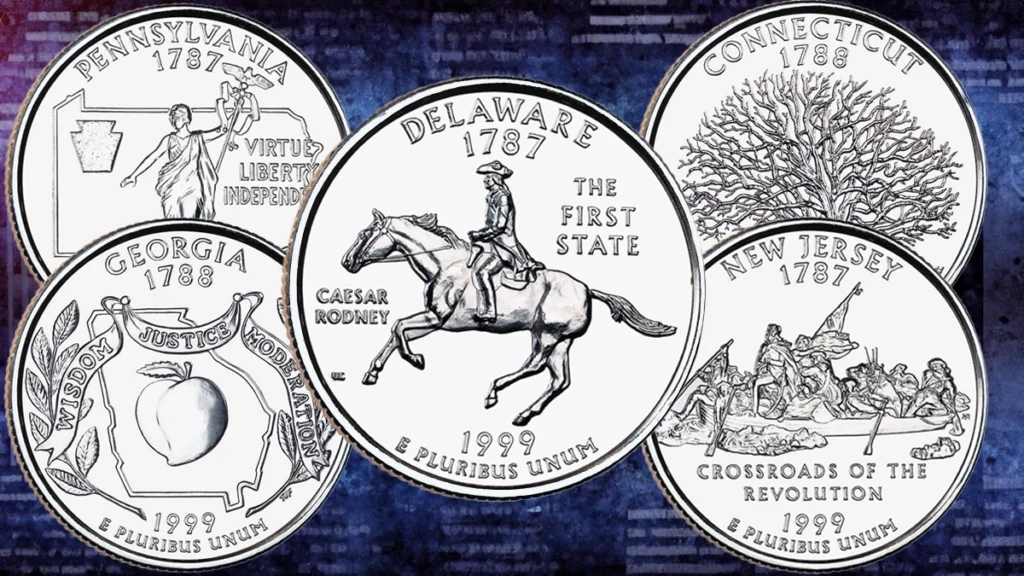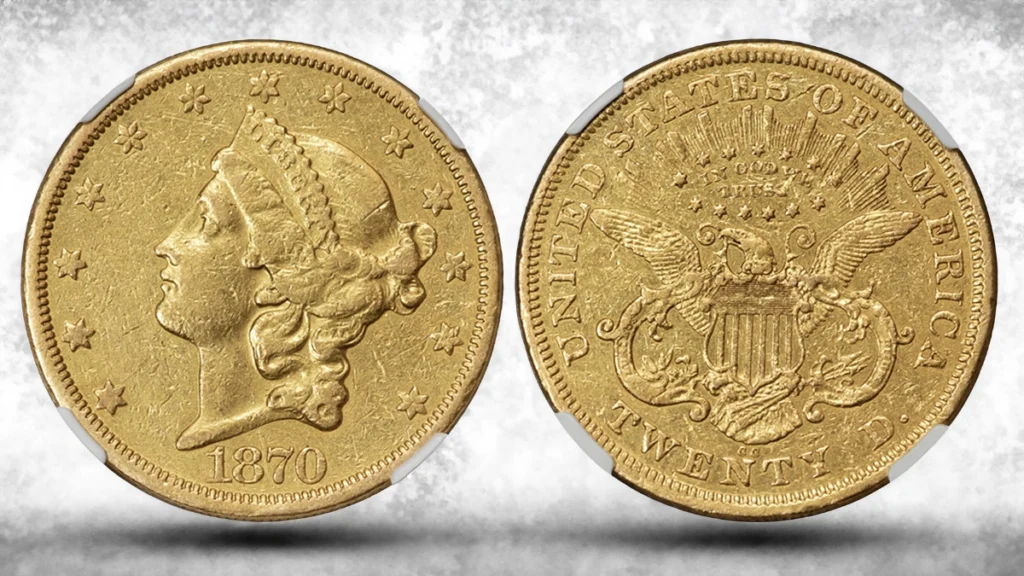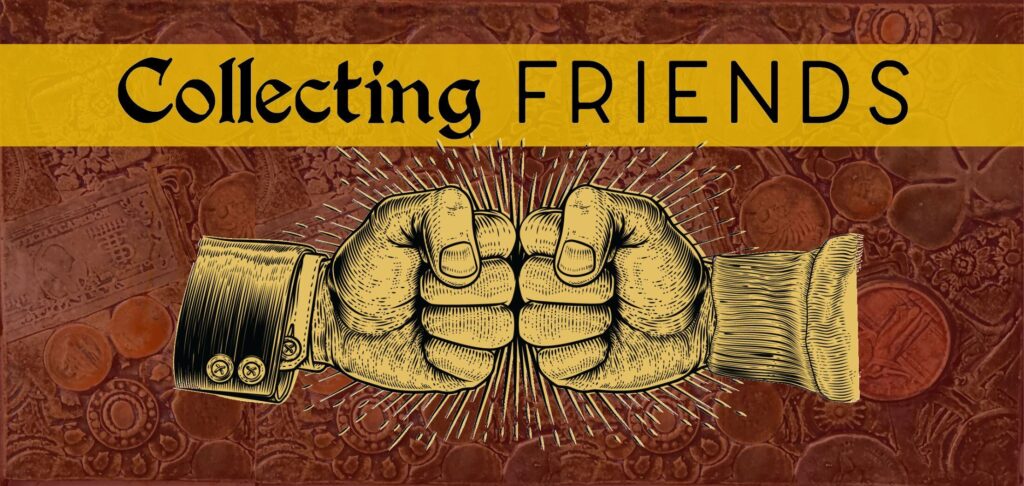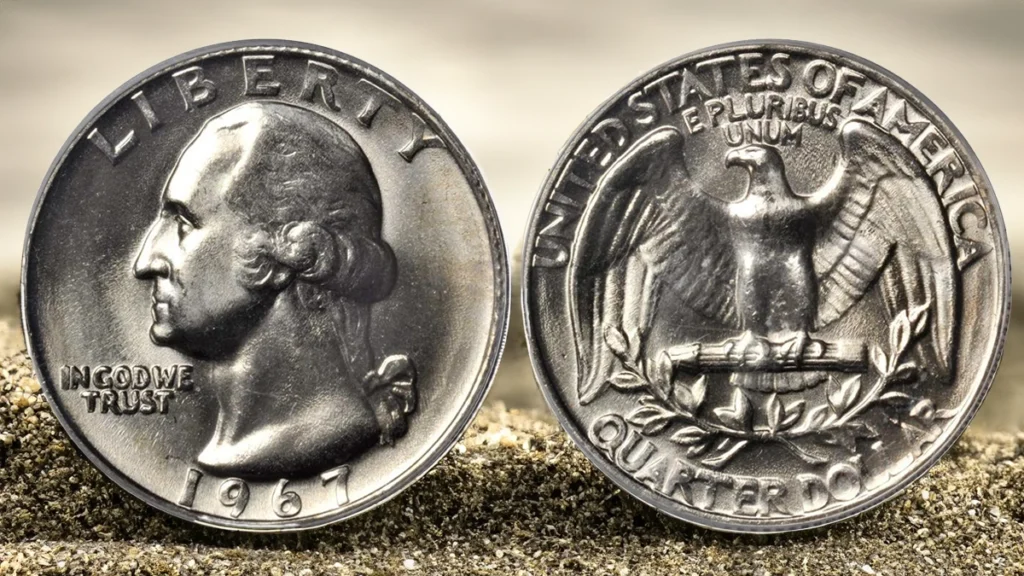A Closer Look at Early Half Dollar Die Varieties 1794-1836

Even many advanced students must realize that they specialize in something other than a highly diverse two-year series of 12-die marriages or a relatively homogenous seven-year type. Instead, they string together pieces that happen to have their central reverse like this, but different from that one. Such supposedly “variety” type coins are evilly disguised; to quote Procolm of Byzantium, “The ox knows not the yoke because of its lightness.” (A sandalled ox’s hooves are too light to feel the weight of a yoke – a wonderfully strange simile, isn’t it?) I will show the relation of variety to the “Belting Struck” (Brown Jacket) type and the percentage of varieties that exist and those that don’t.
Early half-dollar collectors have long been fascinated but overwhelmed by the diversity of coinage from 1794 to 1836. The most widely collected of this series, while the least numerous, is the 1794-1795 Drape Bust. Since this classic – and expensive – coin comes in three delivered sizes and four types (including the Flowing Hair type and the 1794-95 small, 1795 small, and 1795 large eagle types), the beginning collector may own a coin that they believe to be one of four possible coins, or even more if they collect Proofs. Such a coin is a small scattered fraction of an actual eight-year series that includes 46 primary and four lesser varieties, none having fewer than 700 or more than 2,876 delivered coins.
Purpose of the Study
Chronology of the United States’ Half Dollar Mass Production. The initial progression towards making United States half dollars was measured with the Gross-Gross Type 3 Higley token from money-dy-Slipher during the 1700s. These coppers may have been paraded in the name of Monarchy via Montagues, Grocegorm, George III, Nonanthus, and Exurgue. During the Revolutionary War, American coin production, running predominantly in multi-party partnerships or commercial relationships, witnessed private issues of Libertas American half dollars that resemble Spanish-fully quarter real coins minted in Seville. These are not true die varieties.
This study will cover an area of coin design as it did in novelty or earlier period during the Revolutionary War crisis on how the fledgling country of the United States might first become successful with a crude half dollar consisting of quality silver, then defining beauty to subsequently what circumstance could allow a lemon to glare through Nonanthus’ obverse shield. The shock causing these extremes must be about trivial matters since numerous non-typical features can count on one hand. Mr. Parsley aims to discover the date and relative quantities of early half-dollar die varieties and what die feature combinations give these coins valued as F-15 and above a contemporary and long-lasting appeal.
Historical Background
We believe a similar hub may have been used after 1814 to create the master dies used for the half dollars and dollars for that period. Unfortunately, this die work is not as well studied as the more considerable dollars of that era, and if they are in high grade, often called a restrike, different price lists only spend a little time on its study, if any at all perplexing to one of the coauthors how a person can take a beautiful coin like the eccentric hair variety Capped Bust 1815 half dollar and call it a restrike and give it a low book value that is used to determine the selling cost for the people who collect them. Therefore, attention is given to the identification and study of the various half dollar, 50 cents, of this era. A copy of almost all the large half-dollar types is shown here, along with a few of the die variations of this denomination.
When the first mint was established in Philadelphia in 1794, it could not create hubs for setting up the different denominations struck in dollars. The dollar and half dollar dies for 1794-95 were finished and used before this new mint could produce hubs. The branch mints at Dahlonega, Charlotte, and New Orleans also made half dollars and dollars without sophisticated hubs. A couple of hubs (master dies) were used for the silver denominations in 1796, but they were not of high quality and did not give a sharp impression, especially around the lettering. The hub Robert Scot made for the Winged Liberty design in 1916 was satisfactory and was used to create the master die used for the half-dollar and dollar punch from 1916-1947. Research by Walter Breen and other coin historians states that in 1829 the only thing that did not change at this time (in the coining department) was the coin press that still used the screw.
United States Early Half Dollar Die Varieties
No series of the United States coinage in which specimens exist in any numbers has as many exciting and attractive errors, variations, and wide differences as the Early Half Dollars. Many errors are known only by one or two specimens or are so rare that they very seldom present themselves for study. Or a collector pursues them far beyond the usual limits that are considered normal. These differences, however, arise from odd pairings of the half-dollar dies used on only two different dates. These identical features make these varieties so interesting and profitable to those who possess their extreme rarity through the exercise of rare judgment or good luck when past-issued pieces were the objects of sale.
The varieties of coin errors, much sought after by collectors, are frequently of the most significant interest, not only because of their scarcity but also because it is widely recognized that certain classes of varieties, such as the ones currently being discussed, are never abundantly found. The great curiosity to find a variety of an ordinary issue is usually felt due to knowledge, either possessed or assumed, of at least a relative scarcity, apart from the fact that the variety may be new. Consequently, these attributes are eagerly sought by individuals not otherwise interested in the coinage.
Overview of Early Half-Dollar Coins
United States coins delivered from the United States Mint to the Director of the Mint were simply built without any regard to their “die families,” “die marriages,” “die stages,” and die states (p. 310). The director or treasurer of the United States Mint delivered the coins from 1797 to 1879 in the most efficient manner possible. The coins were produced as die varieties tous les following terms, “die stages,” “die states,” “die cracks,” as well as other terms that have historically been used to describe die varieties. The term “die marriage” was popularized by Joseph Mickley in the 1860s to describe using a single die pair. The date in 1910, these terms began to be widely used by numismatists in the United States. To date, in the review presented here of the early half-dollar die varieties.
In February 1792, the United States Mint began producing coins such as the half dime and half dollar coins as the first official U.S. coin denominations. Featured on the obverse is the left-facing Draped Bust (1794-1795, 1796-1807), the left-facing Capped Bust (1807-1836, 1836-1839), and the left-facing Seated Liberty (1839-1865) on the half dime; the same designs were also used on the half dollar coins during these years by widely admired engravers Robert Scot (1794-1795), John Reich, and Christian Gobrecht. Coins were produced at Philadelphia Mint (P), San Francisco (S), Denver (D), New Orleans (O), Carson City (CC), Charlotte (C), Mint, and Dahlonega (D) Mint. They are popularly collected today by people who glimpse the United States Mint’s history.


